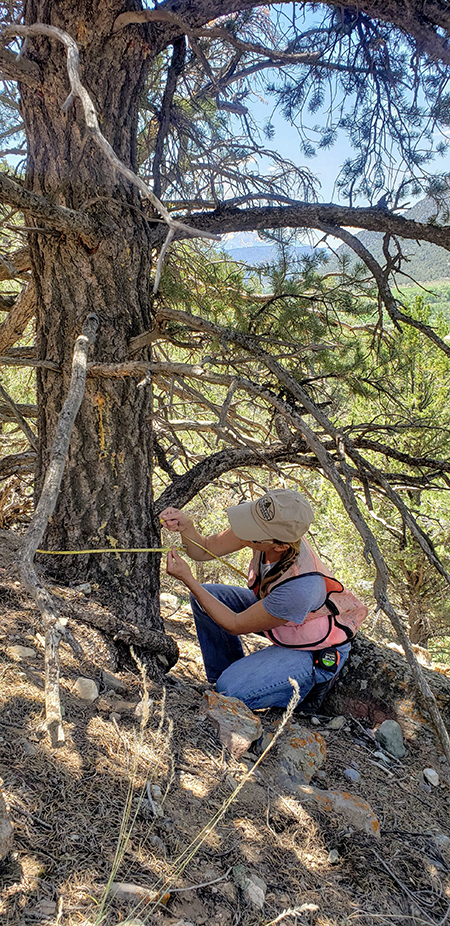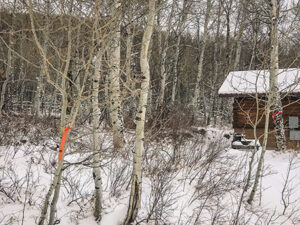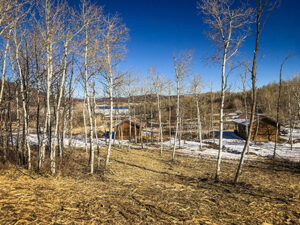
Colorado became the 38th state on August 1, 1876, and each year we celebrate all of the outstanding things that make Colorado special: mountains, plains, wildlife, rivers, camping, hunting, hockey…the list goes on and on. But Colorado wouldn’t be the same without our forests and trees. Aspens’ vibrant colors in the fall, mountainsides covered with evergreens, urban oases of trees and towering cottonwoods along our rivers and streams all contribute to the beauty and wonder of this state.
And the Colorado State Forest Service works year round, statewide to care for Colorado’s trees. We work with partners in towns and cities, federal land managers, private landowners and Colorado Parks & Wildlife on state park lands. Throughout August, we’ll add examples of our work in state parks across the state.
Ridgway State Park
In June, staff in the Montrose Field Office finalized the Forest Management Plan for this 3,201-acre park. Piñon-juniper woodlands surround the large reservoir there. The plan prescribes many actions at the park:
- Thinning trees for fire mitigation
- Thinning for insect and disease control
- Addressing power line right of ways
- Creating openings for wildlife
- Maintaining past treatments
Next time you camp, fish, swim, picnic or simply enjoy the views, take a minute to stop and appreciate the trees and forested areas.
Vega State Park
Located on the northeast edge of Grand Mesa National Forest, Vega State Park sits at an elevation of 8,000 feet. In the winter of 2020 and 2021 foresters in the Grand Junction Field Office worked with Vega State Park staff and a contractor, Vegetation Management West, on some fuel reduction projects in the area. Together they improved the health and regeneration in the aspen stands and created defensible space around the cabins available to rent. They also reduced the fuels in some oak brush areas in the park.
Visitors to the park can readily see the improvements resulting from this work. Accessing the cabins on the north side of the lake is safer, and drivers on County Road 64 6/10 appreciate the removal of the overgrowth. CSFS staff and partners also completed some work in an aspen grove, removing dead and dying aspen trees. Not only did this make the trail through there safer, but it also improved the scenic views while hiking or driving on the road.
Removing dead and dying trees reduces wildfire risk to park visitors, and it offers more light and space for wildflowers to grow and wildlife to live and thrive. Win-win-win!



